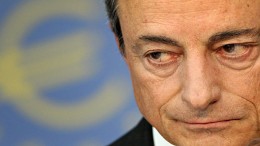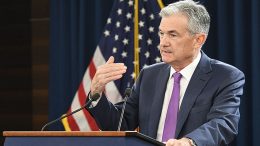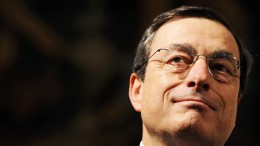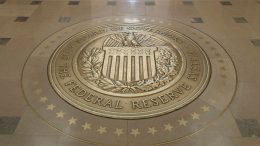Musical Chairs at the ECB
Joachim Fels (PIMCO) | By cutting the deposit rate to -50 basis points, extending forward guidance, introducing a two-tiered system for excess reserves that mitigates the adverse impact of negative rates on bank profitability, and resuming open-ended net asset purchases of EUR 20 billion per month, the European Central Bank (ECB) recently provided clarity about its prospective monetary policy stance for the foreseeable future and thus well beyond the change in leadership from Mario Draghi to Christine Lagarde that takes place at the end of October.










